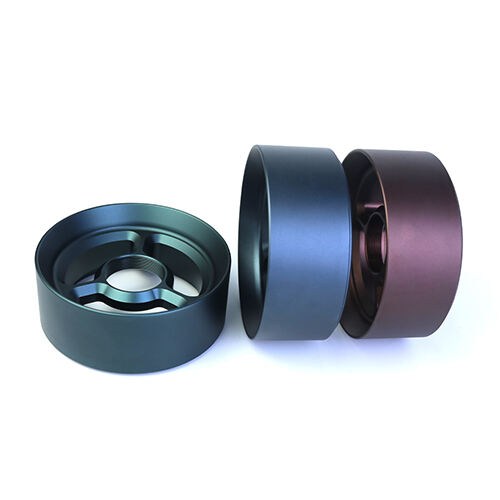High-Feed vs Traditional Face Milling for Cast Iron Engine Heads
Cast iron remains the dominant material for diesel engine heads due to its thermal stability, but machining costs consume 18-25% of total production expenses. While traditional face milling delivers proven accuracy, newer high-feed strategies promise faster material removal. This study tests whether modern HFM tools can meet Class II automotive standards (ISO 12164-2) while improving throughput.

Methodology
1.Experimental Setup
We machined gray cast iron (Grade G3000) specimens under three conditions:
• Traditional: 4" diameter face mill, 0.012"/tooth, 500 SFM
• HFM: 1.5" diameter tool, 0.039"/tooth, 985 SFM
• Hybrid: HFM roughing + traditional finishing
All tests used:
• Coolant: 8% synthetic emulsion (Blaser Swisslube)
• Measurement: Mitutoyo CMM (0.0002" repeatability)
• Tool wear monitoring: Zoller Genius 3
2.Data Collection
Parameters tracked every 15 cycles:
• Surface roughness (Mitutoyo SJ-410)
• Tool flank wear (ISO 3685 standard)
• Actual vs programmed cycle times
Key findings
• HFM showed 28% faster metal removal but required more frequent tool changes
• Traditional milling produced tighter flatness (0.003" vs 0.005")
• Hybrid approach balanced speed and precision
Discussion
1.Practical Implications
For high-volume engine plants:
• HFM makes sense for pre-machining where ±0.02" tolerances suffice
• Traditional methods remain preferable for final sealing surfaces
Tooling cost analysis reveals:
• HFM saves $3.20/part in labor
• Adds $1.75/part in insert costs
2.Limitations
Findings apply specifically to:
• G3000 cast iron
• 35-45 HRC hardness range
• Vertical machining centers
Conclusion
HFM demonstrates clear time savings for cast iron engine head machining when used strategically. Manufacturers should:
• Adopt HFM for non-critical surfaces
• Reserve traditional milling for final passes
• Consider hybrid approaches for complex geometries
Further research should examine HFM's viability with compacted graphite iron (CGI).


